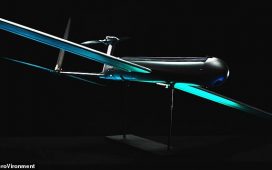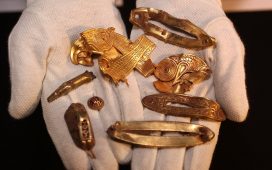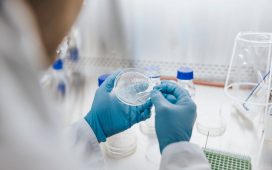Scientists have developed a 3D-printed imitation of human skin with living cells, an advance they say could enable cosmetic testing without the use of animals.
Researchers, including from the Vellore Institute of Technology in India, say the skin imitation mimics the natural three-layer tissue structure of human skin and is ready for testing cosmetic nanoparticles.
Their study, published in the journal STAR Protocols, comes amid restrictions imposed in the European Union on the animal testing of cosmetics and their ingredients.

Scientists worldwide are looking for alternatives to test the absorption and toxicity of cosmetics like sun creams and serums.
The latest research provides a protocol for fabricating scaffolds similar to human skin using 3D printing. “The process is simple, cost-effective, environmentally friendly, and allows customisation by adjusting treatment parameters,” scientists write in the study.
The starting point for making these skin imitations is a hydrogel formulation, printed together with living cells, researchers say.

These gels, with their high-water content, create an ideal condition for the growth of cells. “The hydrogels for our skin imitation from the 3D printer have to fulfil a number of requirements,” Karin Stana Kleinschek, one of the new study’s authors from TU Graz in Austria, said.
“The hydrogels must be able to interact with living skin cells. These cells not only have to survive but also have to be able to grow and multiply.”

The cells growing on the hydrogel also need to be stabilised without the use of toxic chemicals.
“Only when skin cells in the hydrogel survive in cell culture for two to three weeks and develop skin tissue can we speak of a skin imitation,” researchers explain.
“This skin imitation can then be used for further cell tests on cosmetics.”
Scientists claim their first tests with the 3D-printed skin cells were “very successful”. “This is a success for the complementary research at TU Graz and VIT. Our many years of expertise in the field of material research for tissue imitations and VIT’s expertise in molecular and cell biology have complemented each other perfectly,” they write.
“We are now working together to further optimise the hydrogel formulations and validate their usefulness as a substitute for animal experiments,” Dr Kleinschek said.
Researchers say the new protocol also offers a method to develop sustainable biomaterials for tissue regeneration medicines.









